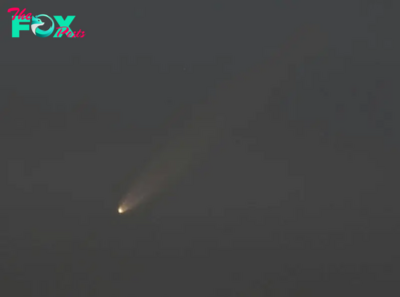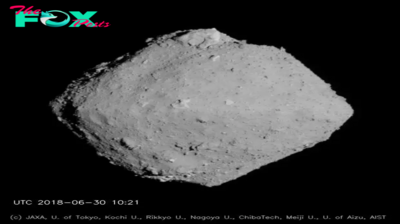Science
'Many more ancient structures waiting to be discovered': Lost chunk of seafloor hidden in Earth's mantle found off Easter Island
Scientists have discovered the "fossilized fingerprint" of a chunk of seafloor that was hiding beneath the Pacific Ocean in Earth's mantle.
A new study shows that this fingerprint corresponds to a slab of Earth's crust that began sinking into the mantle approximately 250 million years ago, at the dawn of the age of dinosaurs (252 million to 66 million years ago). This slab once formed part of the seafloor in the southeastern Pacific and could help explain a strange gap in the lowermost sections of the mantle — the middle layer of Earth's crust that wraps around the planet's core.
"It's giving us a glimpse into Earth's past that we've never had before," study lead author Jingchuan Wang, a seismologist and postdoctoral associate at the University of Maryland, said in a statement.
The sunken slab now sits sandwiched between the upper and lower mantle, in the mantle transition zone. This transition zone stretches between 255 and 410 miles (410 to 660 kilometers) deep beneath Earth's surface, although it can expand and contract depending on heat currents circulating in the mantle, according to the statement.
Wang and his colleagues found the slab while exploring the mantle beneath the East Pacific Rise, a fast-spreading mid-ocean ridge located 2,000 miles (3,200 km) off the coast of South America. The researchers used seismic waves to examine the types of rock beneath the seafloor and create a digital cross-section of Earth's crust and mantle. The team published its findings Sept. 27 in the journal Science Advances.
Related: Gargantuan waves in Earth's mantle may make continents rise, new study finds
The cross-section revealed an unusually thick mantle transition zone beneath a portion of the East Pacific Rise roughly 220 miles (350 km) east of Rapa Nui, which is also known as Easter Island. "This thickened area is like a fossilized fingerprint of an ancient piece of seafloor that subducted into the Earth," Wang said.
-

 Science15h ago
Science15h agoWhy Risky Wildfire Zones Have Been Increasing Around the World
-

 Science20h ago
Science20h agoIt’s Time to Redefine What a Megafire Is in the Climate Change Era
-

 Science2d ago
Science2d ago4 Astronauts Return to Earth After Being Delayed by Boeing’s Capsule Trouble and Hurricane Milton
-

 Science2d ago
Science2d agoThe Elegance and Awkwardness of NASA’s New Moon Suit, Designed by Axiom and Prada
-

 Science1w ago
Science1w agoSpaceX Launches Its Mega Starship Rocket. This Time, Mechanical Arms Catch It at Landing
-

 Science3w ago
Science3w agoYou Won’t Want to Miss October’s Rare Comet Sighting. Here’s How and When You Can See It
-

 Science1m ago
Science1m agoA New Spacecraft Could Help Determine if There’s Life on a Moon of Jupiter
-

 Science1m ago
Science1m agoWe Can Thank Deep-Space Asteroids for Helping Start Life on Earth



























